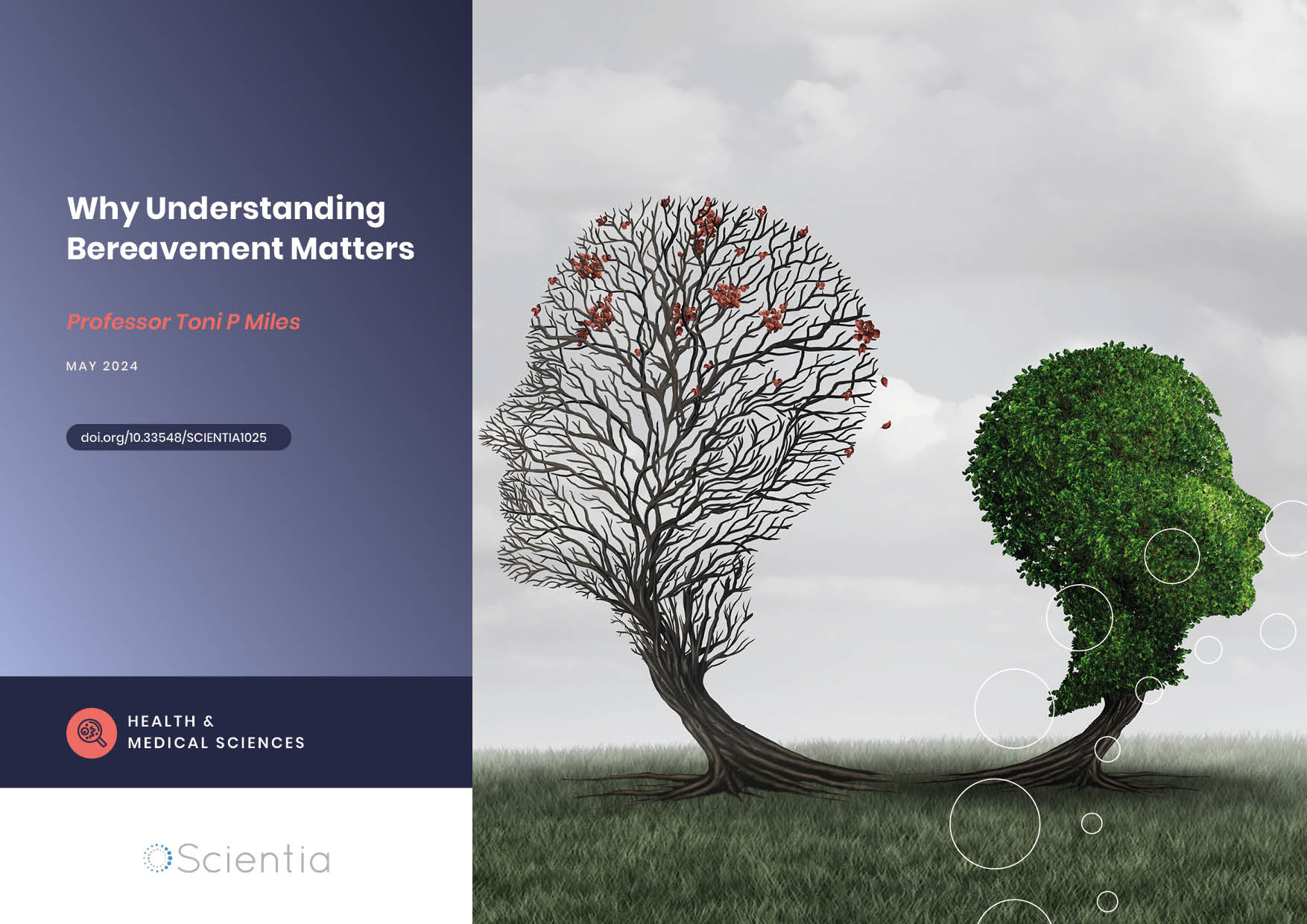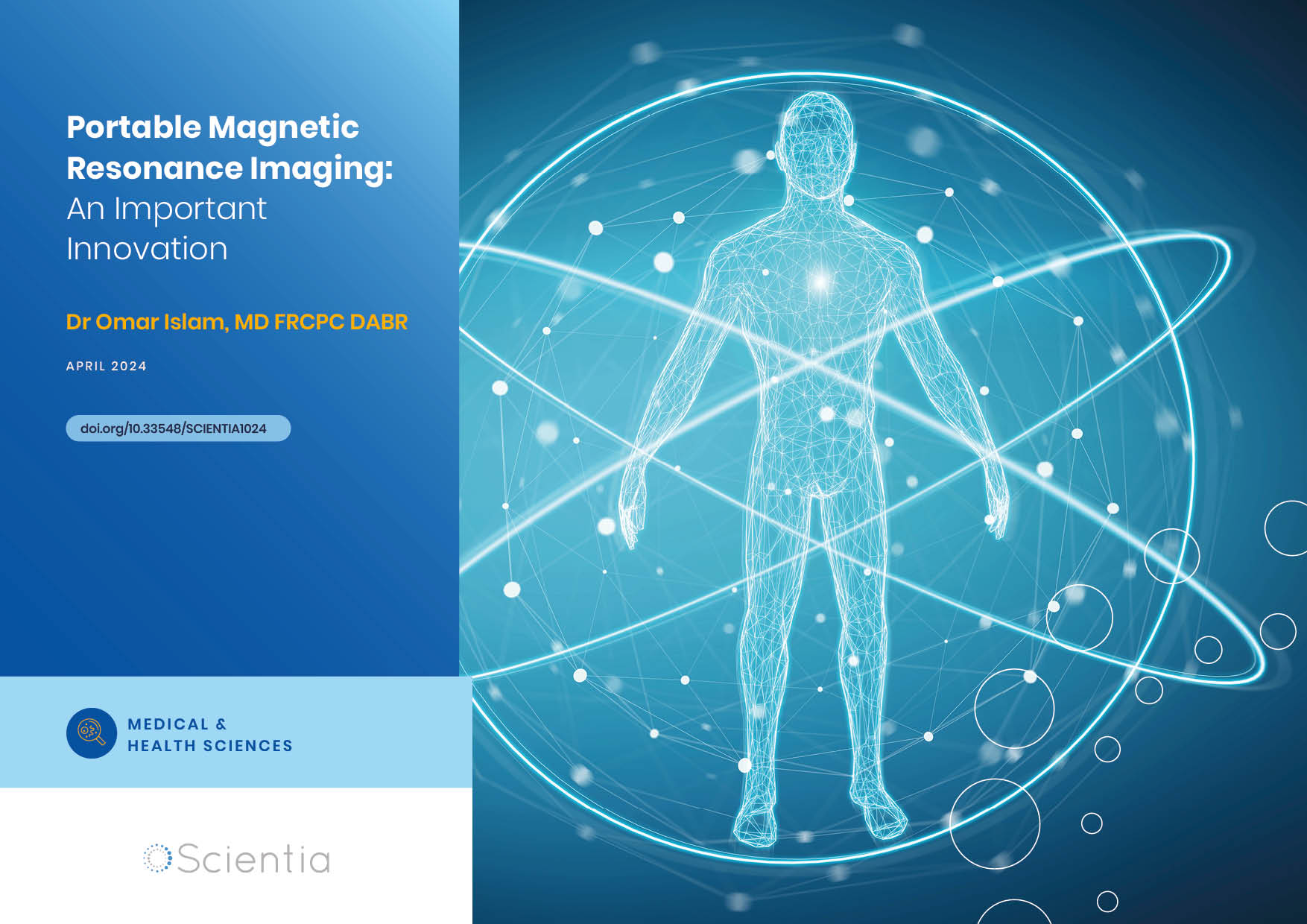Professor Thomas Feuerstein | A Paradox Explained: Why a Super Selective β1-blocker Works in Acute Heart Failure
β1-adrenoceptors are found in the heart where they bind neurotransmitters/hormones such as noradrenaline and adrenaline. The binding of these β1-adrenoceptors agonists activates a response in the heart muscle that helps regulate the heart’s beat and contractile force. Drugs that block the action of these receptors are an established treatment for those suffering from left ventricular dysfunction due to chronic heart failure. However, their use in the acute setting is controversial. Professor Thomas Feuerstein of the University Hospital Freiburg in Germany and Dr Günther Krumpl of the Medical Research Network in Vienna are challenging these sceptical attitudes through mathematical modelling.
A Global Problem
Heart failure affects at least 26 million people worldwide and the prevalence is increasing. Predominantly seen in those over 65 years old, the incidence increases with age and is more likely to be seen in those with conditions such as diabetes and obesity, which can lead to narrowed arteries and high blood pressure. As such, heart failure is characterised by the reduced ability of the heart to pump and/or fill with blood, commonly leading to the pooling of blood in the left ventricle and the patient suffering from fatigue, shortness of breath, nausea, rapid weight gain because of fluid retention and chest pain.
Heart failure can present as either acute or chronic, and treatments are tailored accordingly. Insertion of a pacemaker to restore and correct the heart rhythm, heart surgery to improve blood flow and correct valve defects, or medication are the most used options, alongside recommended lifestyle changes such as keeping to a healthy weight and diet, limiting alcohol consumption, quitting smoking and keeping active.
Treatment for Heart Failure
One of the mainstay treatments for cardiovascular issues is the administration of β-adrenoceptor blockers. Approximately 30 million adults in the United States use these beta-blockers for cardiovascular conditions such as angina, heart failure, atrial fibrillation, heart attacks and high blood pressure. These drugs target β-adrenoceptors (β-AR) which are found on the surface of cells and are subcategorised as β1, β2 and β3 receptors, depending on their function.
In healthy cardiovascular cells, β1-receptors represent 75–80% of all beta receptors while β2-receptors represent only 15–18%. But when the heart starts to fail the receptors reach a 50/50 balance. These receptors work together to mediate increases in heart chronotropy (rate), inotropy (power of contraction), dromotropy (rate of electrical impulse) and bathmotropy (influence of a stimulus on excitability). Therefore, blocking these receptors can have several benefits for patients with chronic heart failure, including a reduction in heart rate and arrhythmia (abnormal heart rhythm) management.
Though initial studies in patients with reduced cardiac function raised concerns about the functionality of beta-blockers as a treatment for those with contractile problems, a series of low-dose studies with several different beta-blockers found that β1-AR blockade can improve contractility and prolong survival when administered long-term. But despite their acceptance for use in chronic treatment, their benefits are not currently acknowledged in relation to acute heart failure. This is in part due to their potential to inhibit the effects of other drugs that are used to help treat patients experiencing acute heart failure. It may be thought that β-blockers inhibit the effects of positive inotropic agents used intravenously for the treatment in the acute situation. With regards to unwanted side effects of usual β-blockers, their longer duration of action may also lead to significant difficulties in acute situations.
Professor Thomas Feuerstein of University Hospital Freiburg in Germany and Dr Günther Krumpl of the Medical Research Network in Vienna argue that all the arguments raised in support of the use of beta-blockers in chronic treatment also point to their useful applicability in the acute context. They argue that what needs to be determined is the most appropriate dosage, type of beta-blocker and method of delivery.
Earlier studies have already shown that extremely short-acting beta-blockers can provide significant advantages in patients with acute heart failure by helping to preserve blood pressure. This was true despite the absence of a convincing rationale for the use of short-acting beta-blockers which are assumed to act in a negative inotropic fashion (i.e. they decrease the force of heart contractions at rather low concentrations of the endogenous agonists, noradrenaline and adrenaline, at the β1-AR in the heart). However, their negative inotropic effect may be reversed with high concentrations of endogenous agonists. The condition of highly elevated concentrations of endogenous agonists is typical for heart failure.
Currently, Landiolol is the most effective β1-blocker given intravenously for acute heart failure and is now used alongside so-called positive inotropic agents to increase the force of heart contractions in intensive care patients.
Building on this work, Professor Feuerstein and Dr Krumpl set out to provide a rationale as to why a β1–blocker might not act as a negative inotropic agent but have a positive inotropic effect in the acute setting.

A Mathematical Approach to Understanding the Effects of Beta-blockers
Understanding the mode of action for beta-blockers is key for elucidating their impact at different doses. Critically, β1-AR have a receptor reserve, meaning that only a fraction of the existing receptor population, i.e., 50% in our case, needs to be activated to produce the maximum response. Also, β1-AR occur as receptors with two identical subunits (protomers) for binding. Binding only one of these subunits is sufficient to induce the maximum response from the receptor dimer. Subsequently, if another agent binds to the second subunit, this can be negatively influenced by the binding to the first protomer, decreasing the affinity for the agent to bind to the second subunit. Note that this negative influence is only true for β1-AR agonists, like noradrenaline, not for antagonists, like Landiolol.
Basing their work on ‘receptor theory’ of the interaction between an agonist or antagonist and a receptor, Professor Feuerstein and Dr Krumpl mathematically modelled the impact of agonist and antagonist binding to β1-AR in the real world. The Binomial Distribution describes the occupancy of dimeric β1-AR best: This distribution reflects the number of successes, i.e., binding to one or two protomer(s), in a sequence of n independent experiments, each asking a ‘yes–no’ question, where ‘yes’ means ‘bound protomer’ and ‘no’ means ‘unbound protomer’. The number n of independent binding events is two in our case (a dimer is composed of two protomers).
It is important to note that the above-mentioned negative influence, i.e., that agonist binding to the first protomer decreases the affinity for the same agent or another agonist to bind to the second subunit, is not compatible with the independence of the two binding processes in a single homodimer. This breach of the binomial principle of independence of individual experiments through the biologically most meaningful interaction of two protomers belonging together had to be modelled. Obviously, such an interaction may protect the heart muscle from harmful overstimulation due to massively elevated endogenous noradrenaline and adrenaline.
The researchers assumed that, when all homodimers are doubly bound, this state is just about compatible with the basic pumping capacity of the heart. However, the basic pumping capacity does not represent the maximum pumping capacity of the heart, since a protomer bound by a first agonist decreases the binding of a second agonist to the partner protomer, thereby diminishing inotropy. Freeing up only one subunit via a beta-blocker molecule will then improve the inotropic condition at one dimeric receptor, as it ensures the receptor is no longer activated by two stimuli. The benefits of this displacement will prevail if the addition of beta-blocker molecules results in more receptors bound with one beta-blocker and one agonist, versus receptors bound with two beta-blocker molecules.
Working on this principle, the researchers were able to show that highly selective and potent, short-acting beta-blockers such as Landiolol, when administered with other inotropes, can recruit positive inotropy in acute heart failure when used at rather low doses. Taking this a step further, they translated their model to demonstrate the optimum dose for Landiolol to maximise positive inotropy. They found that their predicted optimum dose is within the recommended range for the treatment of acute tachycardic atrial fibrillation (irregular and rapid heartbeat), which fits with having a positive inotropic influence on patients suffering from heart failure.
It is important to remember, however, that the dose will have to be adapted for clinical treatment according to the level of cardiac dysfunction seen in the patient and that the ideal dose range will vary according to the elevated levels of endogenous catecholamines.
Challenging Sceptic Attitudes Through Data
Overall, Professor Feuerstein and Dr Krumpl’s approach demonstrated that during the co-administration of β1-receptor agonists and antagonists (the latter stop the response of the receptor upon activation by an agonist), the antagonist may, based on the behaviours laid out in receptor theory, dose-dependently induce a positive inotropic effect in patients with acute heart failure. As such, the negative inotropic effect that has been previously demonstrated with higher doses can be seen to be converted to positive inotropy at moderate to low concentrations of β1 beta-blockers.
In the case of Landiolol, a super-selective β1 beta-blocker with 4 minutes half-life and specific dose recommendations for patients with left ventricular dysfunction, support the individual handling in the clinical setting. Professor Feuerstein and Dr Krumpl are confident that their work, along with the already existing clinical evidence, presents a strong case towards erasing sceptic attitudes towards the use of this β1-AR antagonist in patients with acute left ventricular dysfunction.
SHARE
DOWNLOAD E-BOOK
REFERENCE
https://doi.org/10.33548/SCIENTIA885
MEET THE RESEARCHER

Professor Thomas J. Feuerstein, MD
University Hospital Freiburg
Freiburg
Germany
Professor Thomas Feuerstein studied medicine at the University of Freiburg in Germany and then completed mandatory military service as a staff physician, followed by postdoctoral research at the State Psychiatric Hospital Reichenau and the Neurological University Hospital Freiburg. Having discovered a strong interest in neuro- and psychopharmacology, Professor Feuerstein transferred to the Institute of Pharmacology at the University of Freiburg and specialised first in pharmacology and toxicology. On returning to the Neurological University Hospital, he completed his training as a neurologist and psychiatrist and then qualified for the state doctorate (Habilitation) in 1988. After being awarded the Constance Medical Sponsorship in 1989, he worked as Head of Department, Clinical Research CNS, at the pharmaceutical firm Goedecke AG/Parke-Davis/Pfizer (Freiburg and Ann Arbor, Michigan) until 1994 when he was appointed Professor and Head of the Section of Clinical Neuropharmacology, Neurocenter of the University Hospital Freiburg. There he continued to pursue his research interests in local anti-epileptic therapies and endogenous anti-seizure mechanisms, especially with regard to the meaning of the transporter-mediated selective GABA release.
CONTACT:
E: thomas.feuerstein@uniklinik-freiburg.de
W: https://www.frias.uni-freiburg.de/de/personen/fellows/aktuelle-fellows/feuerstein/#CV
FURTHER READING
TJ Feuerstein, G Krumpl, The Superselective β1-Blocker Landiolol Enhances Inotropy of Endogenous and Exogenous Catecholamines in Acute Heart Failure, Cardiology and Cardiovascular Medicine, 2022, 6, 502–511.

REPUBLISH OUR ARTICLES
We encourage all formats of sharing and republishing of our articles. Whether you want to host on your website, publication or blog, we welcome this. Find out more
Creative Commons Licence (CC BY 4.0)
This work is licensed under a Creative Commons Attribution 4.0 International License. 
What does this mean?
Share: You can copy and redistribute the material in any medium or format
Adapt: You can change, and build upon the material for any purpose, even commercially.
Credit: You must give appropriate credit, provide a link to the license, and indicate if changes were made.
SUBSCRIBE NOW
Follow Us
MORE ARTICLES YOU MAY LIKE
Dr Yong Teng | Improving the Outlook for Head and Neck Cancer Patients
Dr Yong Teng at the Emory University School of Medicine is working with colleagues to overcome the high mortality of individuals diagnosed with cancers affecting the head and neck. One of his approaches is based on understanding the particular mechanisms of the ATAD3A gene, which new insights suggest are closely related to cancers affecting the head and neck.
Professor Toni Miles | Why Understanding Bereavement Matters
Professor Toni Miles has dedicated her research efforts to measuring bereavement and its impact on population health. Individual experience with bereavement is commonplace, but we know little about its impact on society when there is an instantaneous experience by a large number of individuals, i.e., mass bereavement. To measure its occurrence, her research with colleagues first confirmed that bereavement can be effectively measured in population surveys. Professor Miles argues that we should use such approaches to deliver interventions aiming to reduce the negative consequences of bereavement on individuals. By measuring bereavement in communities, these data become a cost-effective way to increase resilience, reduce demands on healthcare systems, and enhance public safety.
Dr Omar Islam | Portable Magnetic Resonance Imaging: An Important Innovation
Imaging technologies are vital in modern medicine and have revolutionised how clinicians make diagnoses and monitor disease progression. However, the necessary equipment – such as a scanner for magnetic resonance imaging (MRI) – is very large and expensive, requiring patients to go to the scanner rather than receiving scans as bedside care. This takes up valuable staff time and resources, and can present further risks to patients. Dr Omar Islam from Queen’s University and Drs Aditya Bharatha and Amy Lin from the University of Toronto are showing how portable MRI scanners may offer a viable alternative that benefits patients and healthcare systems.
Dr Robert Beelman | Unlocking the Secrets to Healthy Ageing at the Nexus of Agriculture, Food Science, Nutrition and Health
Dr Robert Beelman is Professor Emeritus of Food Science and the Director of the Center for Plant and Mushroom Foods for Health at Penn State College of Agricultural Sciences. His groundbreaking research on the medicinal properties of mushrooms and vital nutrients like Ergothioneine has opened new pathways in understanding the link between diet, soil health, and human longevity.





